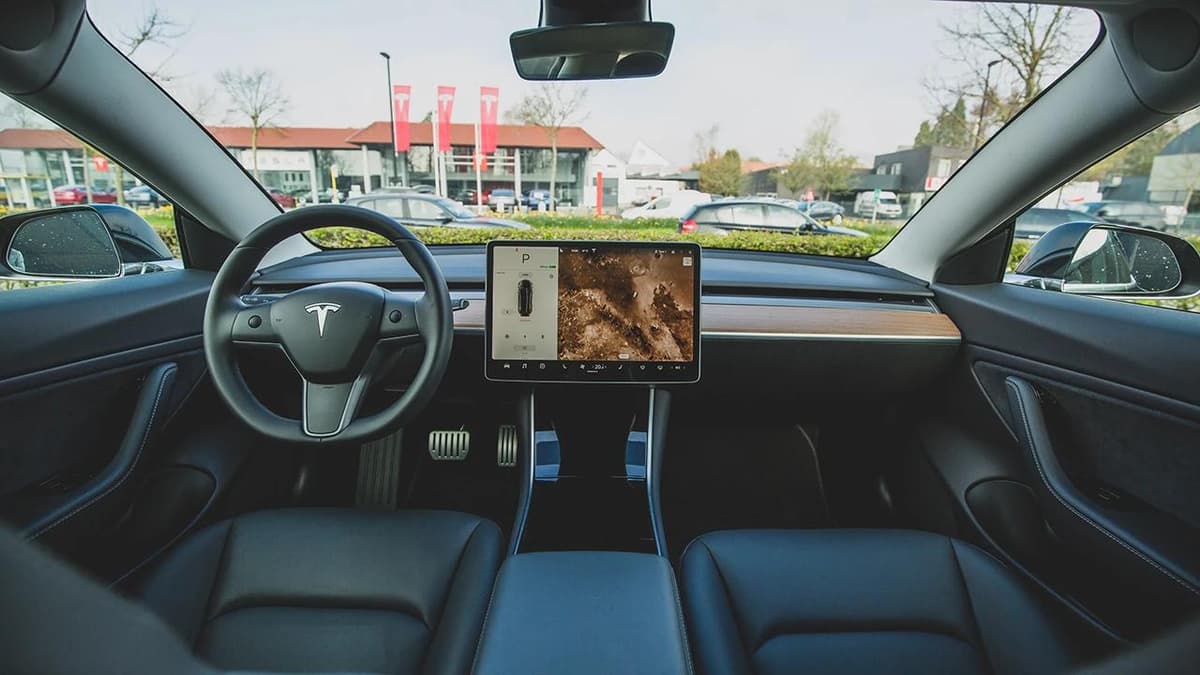Unraveling the Mystery: Does the Rubicon River Julius Caesar Crossed Still Exist?
The Rubicon River is central to a pivotal moment in history. Julius Caesar’s crossing is seen as a turning point that transformed the Roman Republic into an Empire. Does this historic river still exist, or has it faded away? This article explores the Rubicon's current status and location.
Tracing the River's Path: From Myth to Reality
The Rubicon River, made famous in literature, has long intrigued historians. Its precise location remained uncertain for many years. Was it merely a literary device, or did it exist in reality?
Discovering the River
In the 1990s, historians searched for the Rubicon River. They analyzed ancient texts and archaeological data. Their research led them to a river in modern-day Northern Italy. This river, identified as the Fiumicino, flows through Emilia-Romagna. Its quiet waters carry significant historical weight.
Confirming the Discovery
The identification of the Fiumicino as the Rubicon created excitement among scholars. Many traveled to the area to investigate further. Through studies of geography, ancient writings, and artifacts, researchers confirmed the river’s identity as the Rubicon.
The Rubicon's Legacy: From Caesar to Modern Times
The Rubicon River represents more than just its geographical location. It symbolizes a critical boundary, a point of no return that has influenced various historical moments. Its legacy has inspired countless individuals to reflect on the themes of courage and the impact of decisions.
Visiting the Rubicon: A Journey Through Time
Today, the Rubicon River remains a popular destination for history buffs and tourists. Although it is smaller than in ancient times, visitors can explore its surroundings and contemplate the moment when Julius Caesar made his fateful decision.
The Rubicon, now recognized as the Fiumicino, is a significant reminder of history's weighty choices. It links the past to the present, inspiring visitors with its enduring story.












